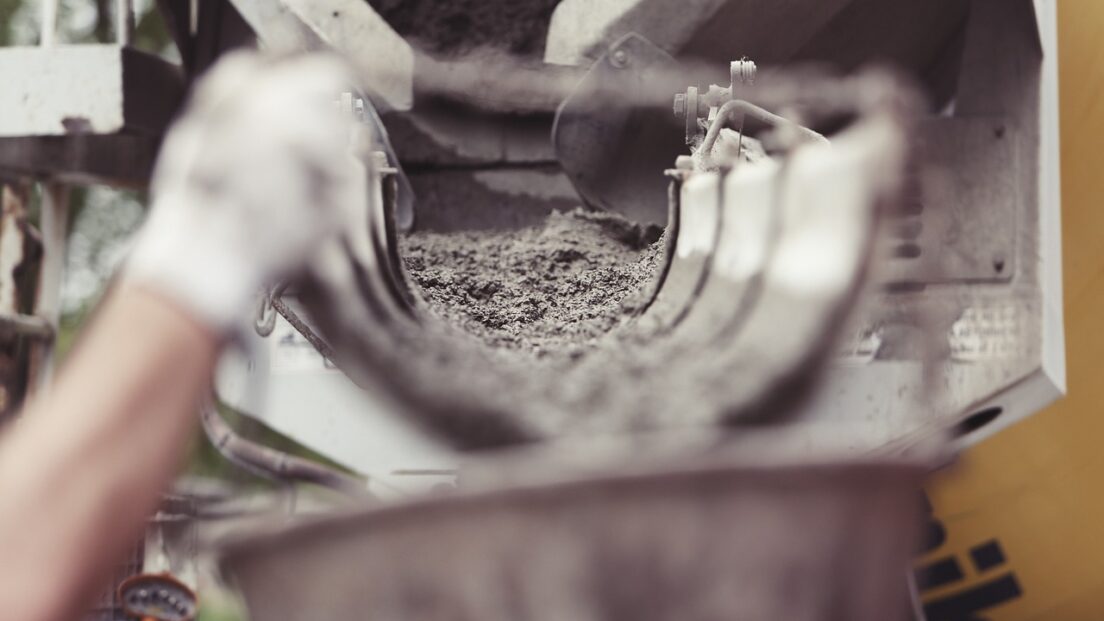Bio-inspired building material revolution for the construction industry

A new cement material, inspired by the structure of human bones, could change the construction industry forever. It offers up to six times more resistance than conventional cement and opens up completely new possibilities for future-orientated construction projects.
The construction industry is on the brink of a ground-breaking innovation. Researchers have developed a cement material that is almost six times more resistant than conventional cement and significantly better at resisting cracks. This revolutionary development is based on the structure of human bone, which serves as a model for a completely new material architecture.
The team led by Professor Reza Moini and doctoral student Shashank Gupta from Princeton University published the impressive results in the scientific journal Advanced Materials. By specifically designing a tubular structure in the cement, they were able to significantly reduce the propagation of cracks and at the same time increase the deformability of the material – without causing sudden failure. This discovery promises to fundamentally change the way buildings are constructed.
Strength and toughness
“One of the biggest challenges with building materials such as cement is their brittle behaviour. They often fail abruptly and catastrophically,” explains Gupta. The researchers therefore focused on optimising the balance between strength and toughness. While strength ensures the material’s resilience, toughness prevents the formation and propagation of cracks.
The solution lies in the internal architecture of the material. By reproducing the human cortical bone, the outer layer of bone, the scientists were able to create a cement material that is both more resistant and more flexible. The tubular structure, similar to the osteons in human bone, intercepts cracks and delays their propagation – a milestone in the field of building material development.
Robotics and 3D printing
In addition to the extraordinary mechanical properties, the researchers also rely on state-of-the-art technologies. With the help of robotics and additive manufacturing (3D printing), they have developed a method to precisely control the tubular architecture in the cement. This technology enables the material to be customised for a wide range of applications. A pioneering development for the construction industry.
The researchers assume that these principles can also be applied to other brittle materials in order to create even more resistant construction products. “We have only just begun to explore the possibilities,” says Gupta. Future developments could produce even more efficient and resilient building materials that will revolutionise construction in the long term.
Rethinking cement architecture
With their groundbreaking research, Moini and his team have laid the foundation for a new generation of building materials. The application of bio-inspired design principles could lead to the development of more robust and resilient materials in the future, not only in cement construction but also in other industries.
This discovery could fundamentally change the way we build cities and infrastructure – an exciting prospect for the future of the building materials industry.